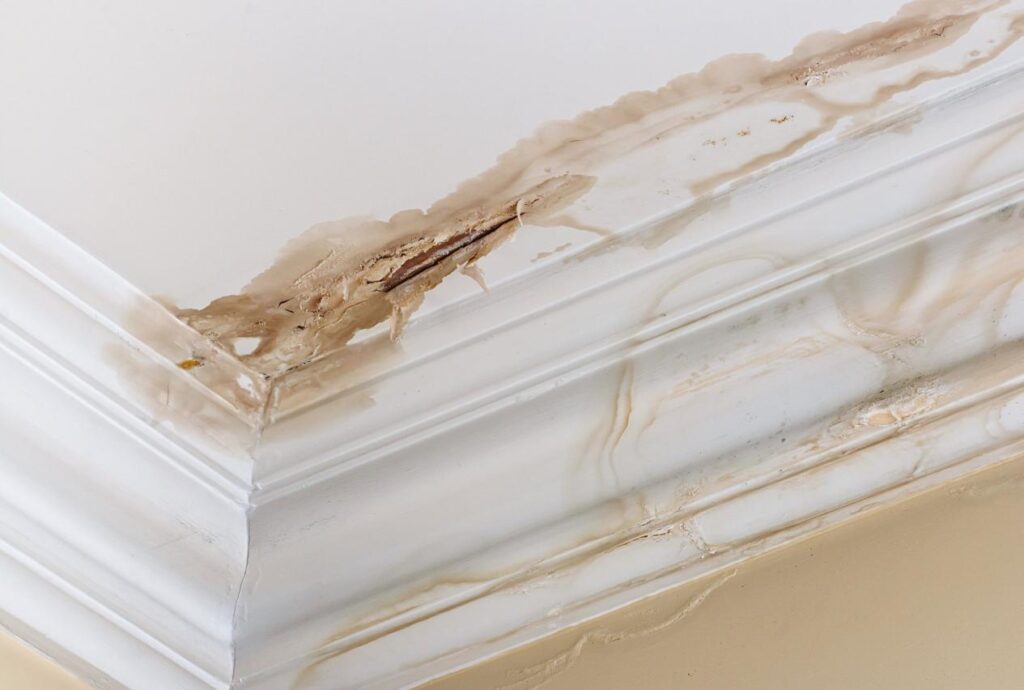Water damage is among the most common and expensive home repairs. The extent of the repairs depends on how much water gets into your home and how much damage it causes to your subfloors, walls, crawl spaces, and ceilings.
But what happens if you experience roof water damage? Find out more about this type of damage, when you should call a professional, and how to mitigate the damages.
Assessing the Extend of Damage
Assessing the extent of damage is the first and most critical step to take when repairing water damage to your roof. Typically, the best way to assess the damage is to inspect the area from the outside.
Look for any signs of standing water or discoloration in the materials, siding, and roofing. In addition, look for any curling, cracking, blistering, or buckling on the roof decking.
It is important to identify the exact source of the roof leak to avoid any potential mold or mildew buildup from the water. Pay attention to any isolated areas or areas with moisture, as these can be important indicators of further damage.
Causes of Roof Water Damage
Roof water damage can be caused by many different factors. Poor maintenance, such as not cleaning and maintaining the gutters, can allow blockages that could prevent the water from draining.
Extreme weather, like hail or strong winds, can cause damage to the shingles or tiles, which can allow water to seep into the roofing material and into the home.
Additionally, the quality of the construction of the roof can be a major factor in the extent of roof water damage. Improper installation of flashing or overly thin materials can lead to more water entering the home.
Ways to Repair Roof Water Damage
If your home has experienced roof water damage, you’ll want to act quickly to fix the issue before it leads to further damage. You may need to replace some shingles, fix broken flashing, repair roof holes, or reseal seams.
If your roof is old, check for mold growth or holes in the roof structure. Once you’ve done these repairs, apply a protective coating to the roof to ensure it doesn’t become damaged again in the future.
You may also want to consider installing a waterproof liner on your roof and in your gutters if necessary. Don’t forget to check the condition of your roof regularly and fix any problems before they progress to water damage.
Check if You Need to Repair or Replace Your Roof
If the damage is minimal and localized, it may be possible to repair the affected area without replacing the entire roof. However, if the damage is more extensive, it may be necessary to completely replace the roof.
If you’re considering a roof replacement, be sure to check with your local regulations and consider a reputable contractor at Douglas Construction to complete the work properly.
They can take the time to assess your roof’s condition carefully and can help you decide the best way to repair or replace the damaged area and protect the rest of the roof and home from additional water damage.
Fix Your Roof Water Damage Today
Don’t let roof water damage take over your home – fix it today! It’s not only an important step in protecting your home from further damage, but it may also help save you money in the long run.
Contact a professional roofing contractor now – they have the know-how and expertise to get the job done right!
Did you find this article helpful? Check out the rest of our blogs!

